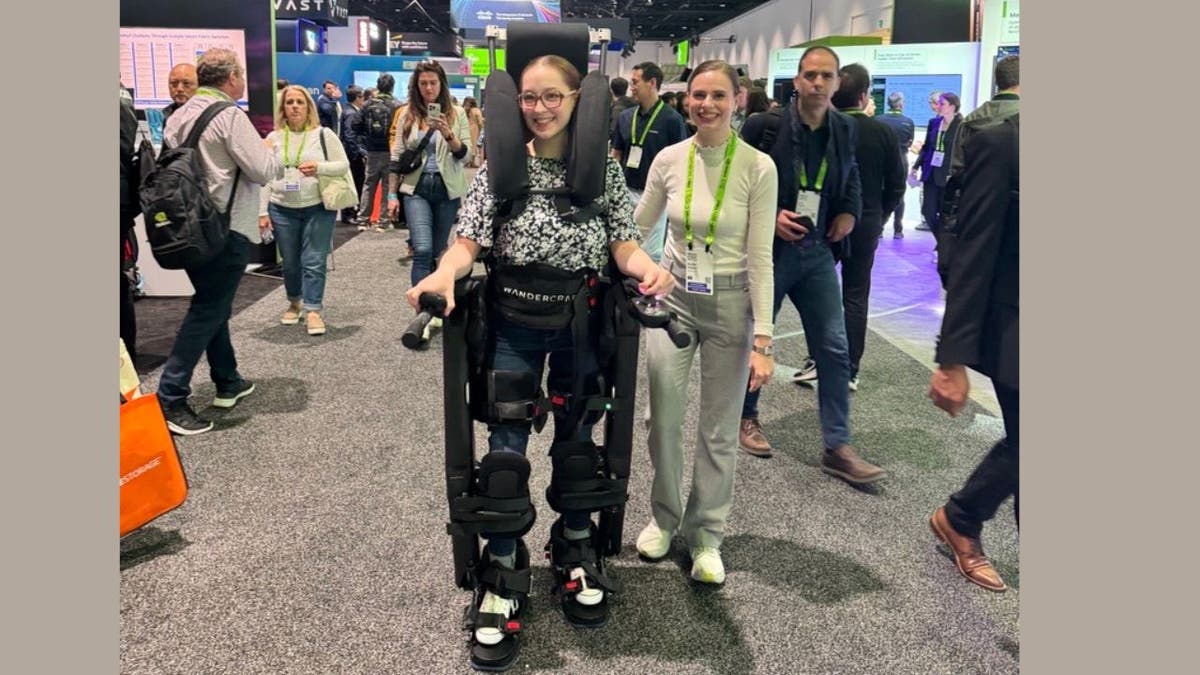For Caroline Lubach, being a vagabiva test pilot is more than trying new technologies. It is about recovering the feeling of freedom and connection that many wheelchair users lose. Laubach, a spinal stroke survivor and a full -time wheelchair user, has played a key role in demonstrating Personal Prototype AI Prototype Personal Development, and his experience highlights how this life changes can be.
“When I am in the exoskeleton, I feel freer than I do in my daily life,” said Laubach. “It gives me the opportunity to take a walk and talk to people at the eye level. I don’t have to look at people all the time.
“It makes me feel more visible and capable of connecting -with others. Something I noticed immediately, was the inclusion of the exoskeleton that would be for a wide variety of disabilities. The goal is for people with disabilities to use this exoskeleton to live their daily lives in the world; I can definitely see this in the future.”
Laubach’s story is in the heart of Wandercraft’s mission: to help people move around the world with greater independence walking and vertical mobility.
Join the Free Cyberguy report: Get my expert technology tips, critical security alerts and exclusive offers, as well as instantaneous access to my free scam survival guide when you register.
Caroline Laubach walking to the prototype personal exoskeleton to Nvidia GTC 2025. (Wandercraft)
A personal mission becomes a global vision
Wandercraft trip Started with a personal challenge. Nicolas Simon, co-founder of the company, saw that his own family members fought with mobility due to Charcot-Marie-Tooth’s disease, a genetic condition. As a student and robotics enthusiasm, Simon wanted to create something that could help his brother and others like him walk again. Next to Mattieu Masselin and Jean-Louis Constanza, who also had a personal connection with the cause, Simon founded Wandercraft in 2012.
AI allows the paralyzed man to control the robotic arm with brain signals
Its goal was simple but ambitious: to provide advanced mobility solutions to the 80 million loved ones worldwide who trust in wheelchairs.
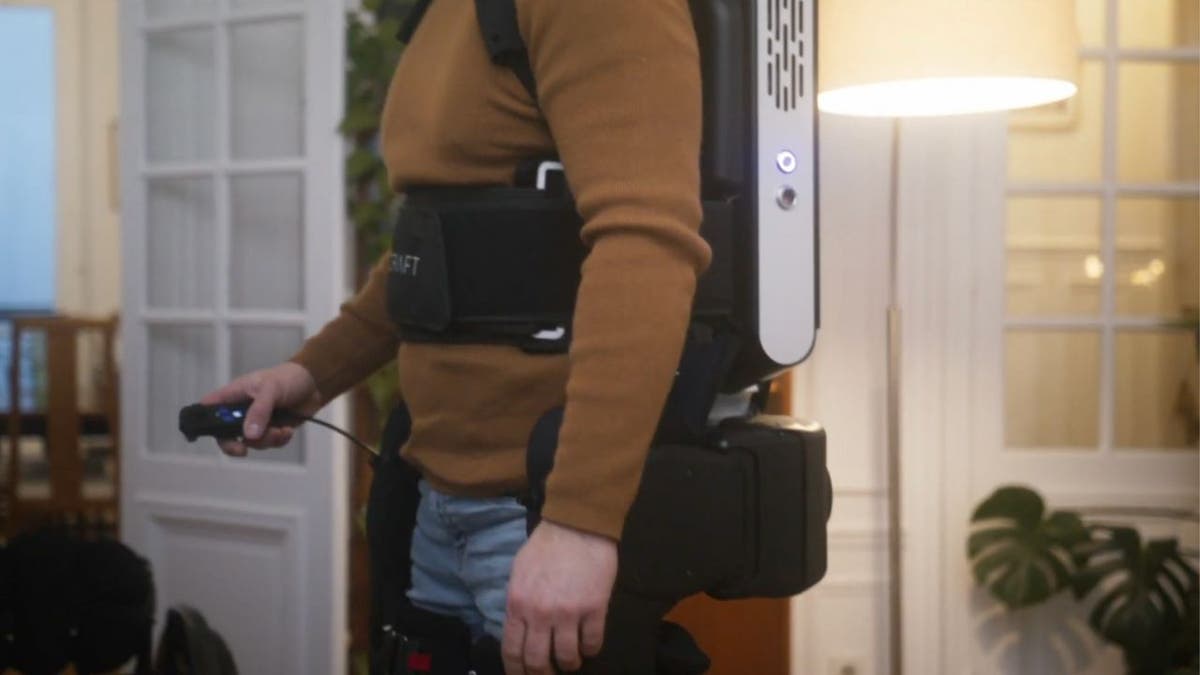
A man who uses an exoskeleton to walk. (Wandercraft)
The exoskeleton helps people paralyzed to regain independence
From clinics to everyday life
The first exoskeleton of Wanderft, Atalalante X, already makes a difference in more than 100 clinics and research centers worldwide. This device, erased by the food and medicine administration (FDA) and approved in Europe, helps patients to take more than one million steps each month as part of their rehabilitation. It has already helped hundreds to recover some mobility and independence.
But Wandercraft wanted to go further. The new Protoype exoskeleton, now in clinical trials in New York and New Jersey, is designed for daily life, at home, at work and the community. Use Nvidia AI to adapt instantly to the movements of each user, providing gentle and stable walking on all types of surfaces, from sidewalks to rugs. Users control the exoskeleton with a joystick, making it accessible to people with a wide range of skills.
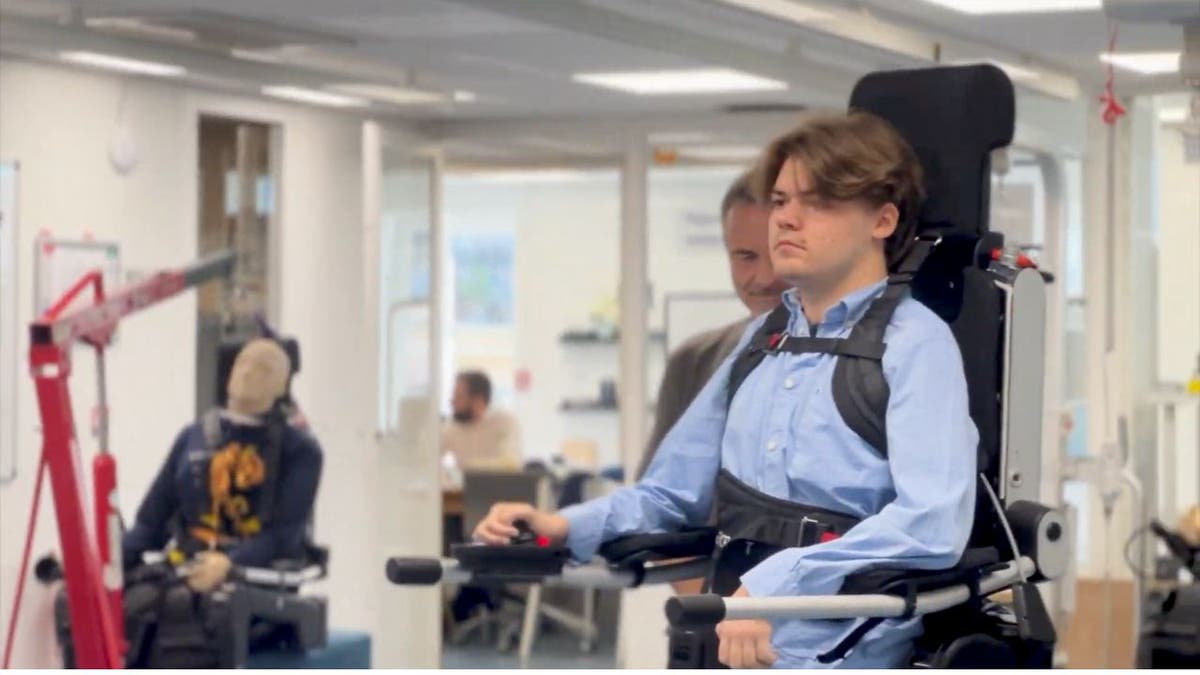
A man who uses an exoskeleton to walk. (Wandercraft)
Could these “fed pants” exoskeletons facilitate outdoor activities in the future?
As AI and simulation make it possible
A large part of the Wandercraft progress comes from his collaboration with Nvidia. The team uses Nvidia Isaac Sim, a powerful simulation tool, to test and improve exoskeleton in virtual environments before real world trials. They are also exploring NVIDIA Health and Computer Robotics platforms to make the device smarter and more sensitive.
This technology means that the exoskeleton can one day keep up to date with everyday life, walk at a normal pace, cross streets and even handle stairs. As Simon puts it, “it is essential that the exoskeleton is fast enough that it can be used in the real world. Integrating Nvidia AI on the device, someday we can afford users to walk at a medium rate, cross the road and go up and down stairs.”
CEO of Biotech provides for the “revolutionary” steps towards the healing of cancer on the horizon thanks to the AI
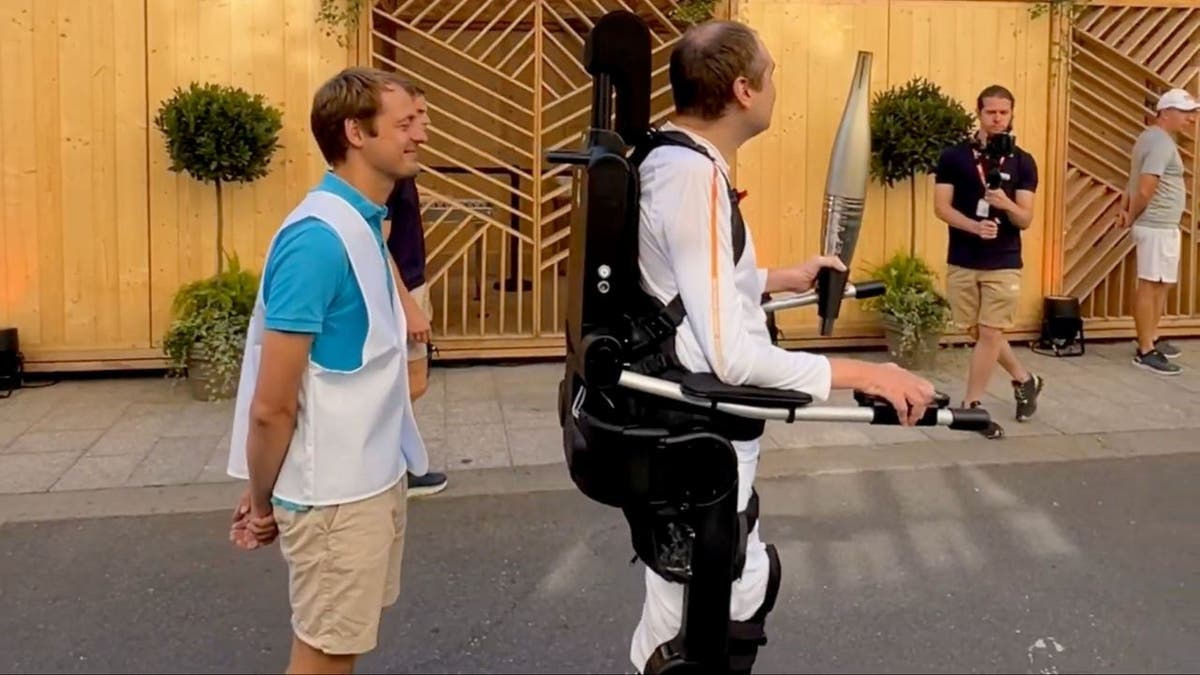
A man who uses an exoskeleton to walk. (Wandercraft)
The exoskeleton that can be carried can turn into a superhuman athlete
More than mobility: health and social benefits
Wandercraft’s commitment to improve life goes beyond the creation of exoskeletons. In the heart of Manhattan, the company has opened Walk to New York by Wandercraft, A state -of -the -art physical therapy practice and a Atalalante X walk center located at 345 Park Avenue in the south. This innovative center is the first of its kind in the United States and represents a collaboration between Wandercraft professionals and licensed physical therapy professionals to help individuals with neurological conditions to move more, move better and move again.
In Walk in New York, the movement is really seen as a medicine. The center offers personalized projections with licensed physiotherapists, free walking sessions through the exoskeleton Atalalante X and comprehensive neurorehabilitation services. Patients can experiment again in a professional and safe environment, regardless of their trunk or the strength of the upper body. Each therapy plan adapts to the individual and is monitored objectively to ensure the best possible results.
Technology in Walk in New York goes beyond exoskeletons. The center offers virtual reality systems for real -time movement feedback, mirror therapy to promote motor recovery, advanced analysis of gait and immersive environments that make rehabilitation more attractive and effective.
Walk in New York will also become the center for Personal Wandercraft, where individuals will be able to receive their own devices, undergo training and access continuous support as this technology is available for everyday use. The care of the center in personalized care and innovation makes it a welcoming space for anyone interested in rediscovering mobility, whether for themselves or for a loved one.
In Walk in New York, the belief is simple: the movement is medicine and everyone deserves the ability to move their lives with confidence and independence.
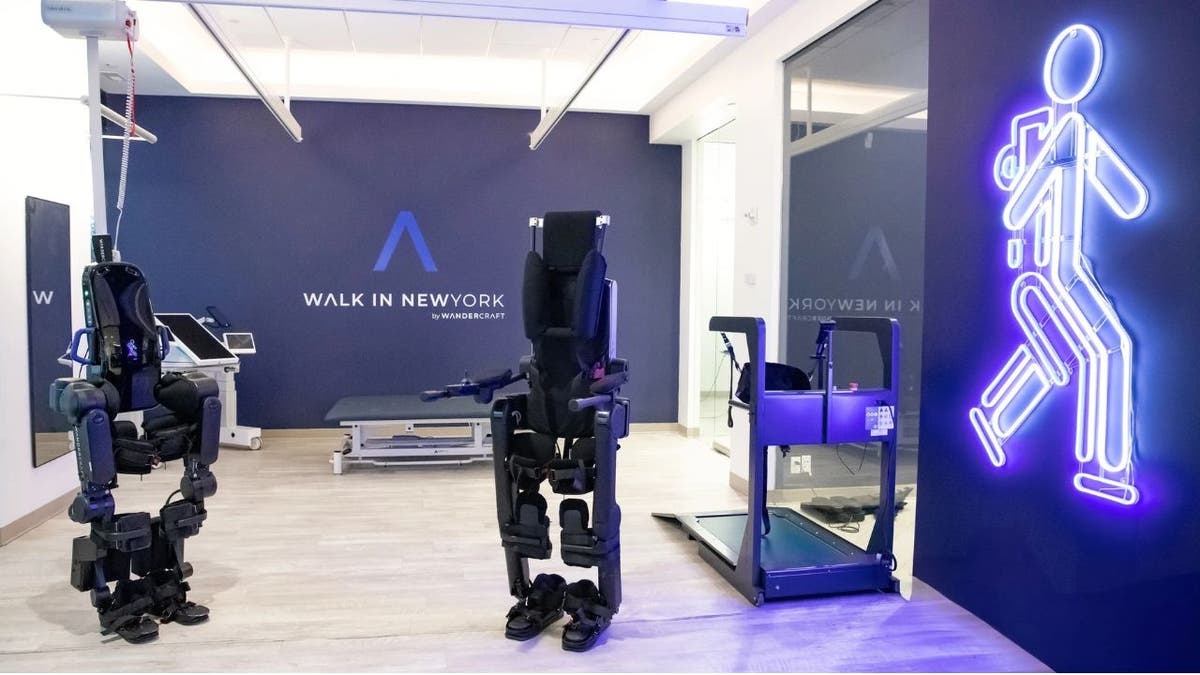
He walks in New York. (Wandercraft)
Don’t miss these best offers and Day Memorial Discounts
What is following Wandercraft
Wandercraft works for the approval of the FDA for the personal exoskeleton, hoping to make it available to millions of wheelchair users in the United States and beyond. The company actively recruits participants for their clinical trials And it is committed to making this technology accessible, with Medicare coverage plans in the future.
Are you an adult of 18 or more with a complete or incomplete engine science in the T6 vertebra or above? If so, you may be eligible for our clinical trial. To participate -you will need a fellow physically capable of helping you during the sessions. If you do not take into account someone, do not worry, Wanderft creates a network of volunteers to help connect participants with colleagues. Both patients and peers should be able to speak English or communicate with a translator. If you meet these criteria or if you are interested in volunteering as a companion, you can contact Wanderft by sending them by email to clinictrials@wanderft.Health
What is artificial intelligence (AI)?
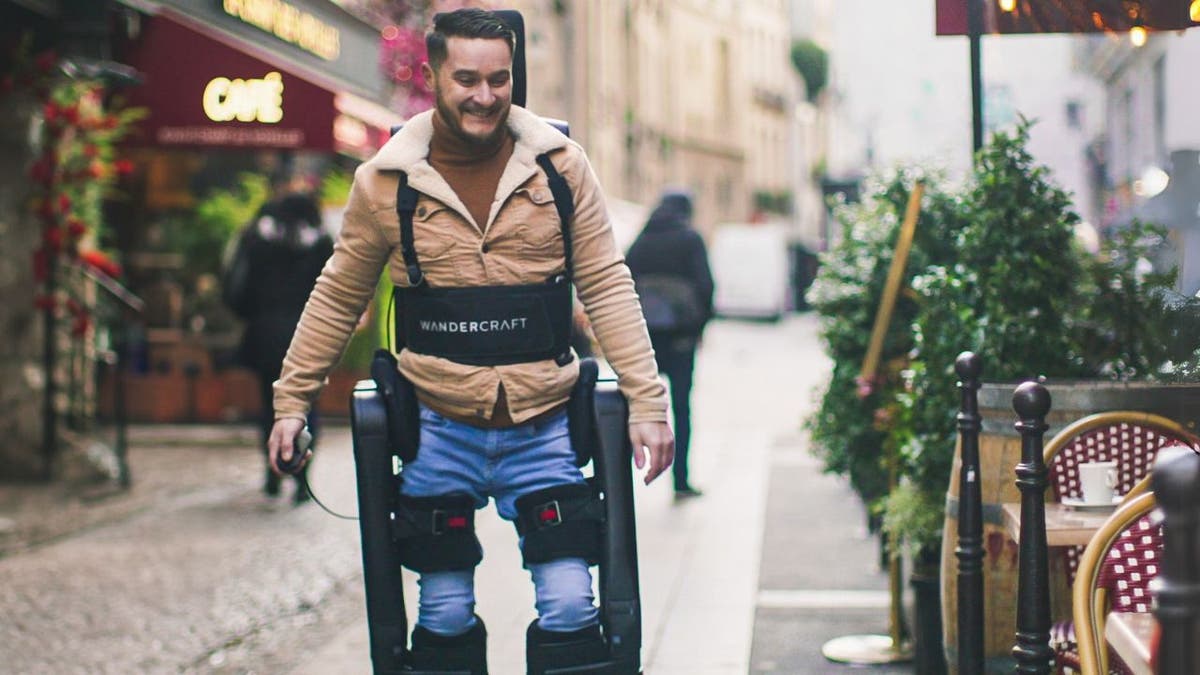
A man who uses an exoskeleton to walk. (Wandercraft)
A brighter future for mobility
Despite all the advances in technology over the last few decades, dozens of millions of people still trust wheelchairs. Wandercraft’s personal exoskeleton, formed by the real life experiences of test pilots such as Laubach, offers a new way to follow, which brings freedom, independence and a renewed sense of possibility.
SUBSCRIVATE -DOES THE KURT Youtube channel to get quick video tips on how to work all your technological devices
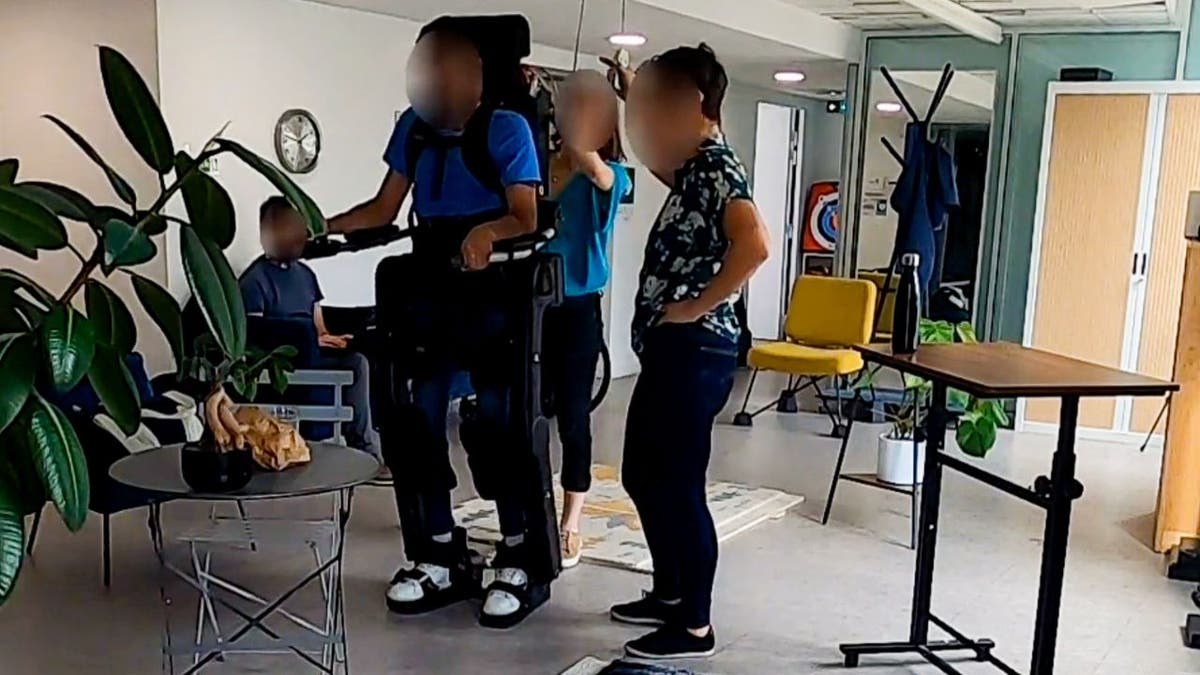
A man who uses an exoskeleton to walk. (Wandercraft)
Kurt’s Key Takeaways
Laubach’s story really shows how powerful this technology can have when designed with real people. Wanderft’s personal exoskeleton is not just robotics or ia; It is about helping people stay high, to connect with others and to live life according to their own terms. Each step taken with this device approves this vision to reality, making the future of mobility feel more hopeful and the extent than ever.
Click here to get the Fox News app
In what ways could we remodel the robotics that can be brought to disability and independence? Do -us to know by writing -us to Cyberguy.com/contact
For more information on my technology tips and security alerts, subscribe -Free Cyberguy Report Bulletin Cyberguy.com/newsletter
Ask Kurt or ask us what stories you would like to be able to reach.
Follow Kurt on its social channels:
Answers to Cyberguy questions More tasks:
New of Kurt:
Copyright 2025 cyberguy.com. All rights reserved.
#AIs #exoskeleton #wheelchair #users #freedom #walk
Image Source : www.foxnews.com
